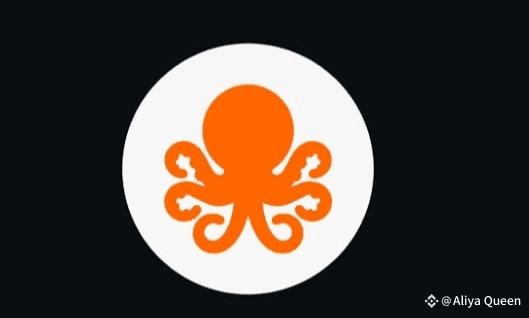The current state of Artificial Intelligence is an imbalance of power: value is created by the many, but profits are captured by the few. The problem isn't the technology; it's the economics. OpenLedger is the protocol engineered to solve this, creating a truly Payable AI system where every contribution, from a data point to a model tweak, becomes a monetizable asset. This flips the script from data extraction to equitable value attribution, building a decentralized economy ready for mass participation.
1. The Death of Data Lock-in: Tokenized Datanets
The foundation of OpenLedger is the concept of Datanets: community-governed, tokenized datasets. These are not merely data repositories; they are liquid, on-chain assets. Instead of your data being locked away in corporate silos, it is now an exchangeable resource with clear ownership rights. By contributing to a Datanet, individuals and communities transform their specialized knowledge into a tradable, verifiable commodity, ensuring that the fuel for future AI is controlled by the people, not just by corporations.
2. Proof of Attribution: The Royalty Engine
Central to this new economy is Proof of Attribution (PoA), OpenLedger's core cryptographic mechanism. PoA is the on-chain royalty system for the AI supply chain. It transparently tracks exactly how much each data set, developer, or model fine-tuner contributed to the final AI output. When a user queries a model, the transaction fee is automatically split and paid out to all contributing sources based on their attributed influence. This guarantees ongoing passive income for contributors, turning one-time data contributions into perpetual revenue streams.
3. Democratizing Creation with the ModelFactory
OpenLedger’s ModelFactory democratizes the most complex part of the AI process: model fine-tuning. This intuitive, low-code/no-code interface allows domain experts—doctors, lawyers, engineers—to take base models and customize them using specialized Datanets. They don't need to be AI engineers; they just need expertise. This tool unleashes a tidal wave of Specialized Language Models (SLMs) that are cheaper, more efficient, and hyper-accurate for specific tasks, moving beyond generic AI to create true utility.
4. The OPEN Token: Utility, Not Speculation
The OPEN token is not a passive investment; it is the utility lifeblood of the entire ecosystem. It serves as the gas fee for AI computations, the medium of exchange for ModelFactory services, and the automatic reward paid out via Proof of Attribution. Furthermore, its role in staking and governance ensures that those who secure the network and those who contribute valuable assets are the ones who ultimately steer the platform's evolution, aligning the token's value with genuine platform usage.
5. From AI Hype to Verifiable Reality
OpenLedger leverages the immutability and transparency of blockchain to solve AI's growing trust crisis. Because every step—data source, training logs, and payment—is recorded on-chain, models are auditable. Users can trust the output of an AI because they can verify its inputs and provenance. This focus on verifiable intelligence is critical for high-stakes applications like financial modeling and regulatory compliance, making the platform attractive to enterprise adoption.
6. Building the Full AI Pipeline
OpenLedger is not just solving one piece of the puzzle; it is building the complete decentralized AI pipeline. From the secure, specialized data sourcing via Datanets, to the accessible model training via ModelFactory, and the cost-efficient deployment via OpenLoRA, the entire AI workflow is unified on a single EVM-compatible Layer 2. This composable architecture dramatically lowers costs and friction, allowing developers to focus on innovation rather than infrastructure.
7. The New AI Social Contract
Ultimately, OpenLedger is proposing a new social contract for the digital economy. It replaces the exploitative, one-sided agreement of Big Tech with a transparent, reciprocal framework. By making data liquid, models transparent, and rewards automatic, it empowers the individual to be a genuine participant and owner, not just a product. It's a movement that ensures the value created by AI flows back to the people who power it, setting the ethical standard for the next industrial revolution.

